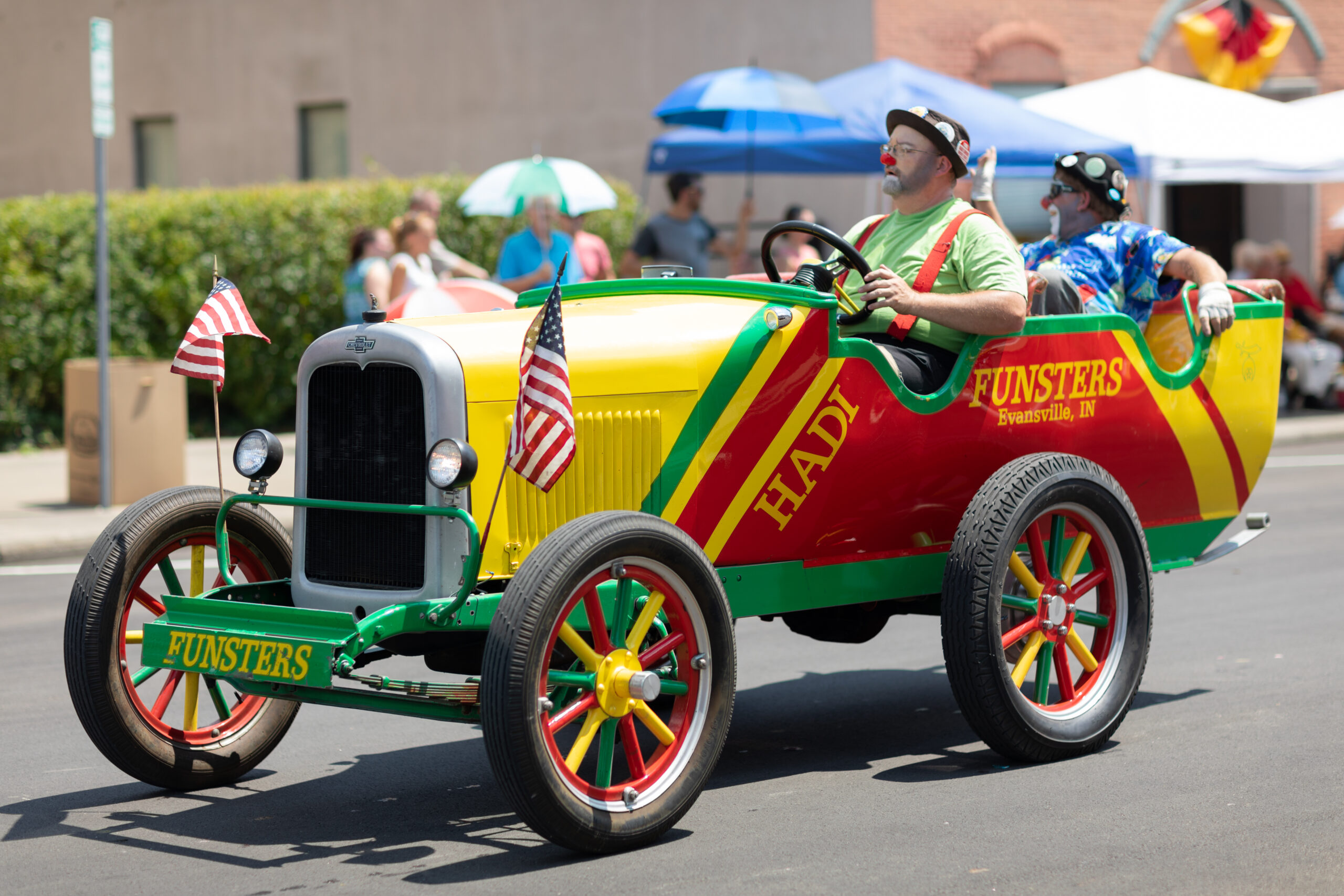Something from the late night keyboard.
Since I read it, now you get to as well. An opinion from the Second Circus Court of Appeals.
After Bruen, we follow a two-step framework to evaluate Second Amendment challenges. First, the plaintiff must establish that “the Second Amendment’s plain text covers an individual’s conduct.” Bruen, 597 U.S. at 24. If the plaintiff surmounts this initial textual hurdle, the burden shifts to the government to prove that the challenged law is “consistent with the Nation’s historical tradition of firearm regulation.” Id. We focus on history and tradition because the Second Amendment “codified a pre-existing right”—with a history that makes clear that this right is “not unlimited.” District of Columbia v. Heller, 554 U.S. 570, 592, 595 (2008) (emphasis in original). The right’s enshrinement in the Bill of Rights “br[ought] the old soil with it,” Sekhar v. United States, 570 U.S. 729, 733 (2013) (internal quotation marks and citation omitted)—that is, we understand the Second Amendment to “incorporate traditional limitations that existed at or around ratification, unless historical context suggests otherwise,” Antonyuk v. James, 120 F.4th 941, 968 (2d Cir. 2024) (internal quotation marks and citation omitted), cert. denied, 145 S. Ct. 1900 (2025). Historically established firearm regulations therefore inform us of the limits of the right and thereby “give content to the indeterminate and underdetermined text of the Second Amendment.” Id.
There is a piece of legal sleight of hand happening in this paragraph. The paragraph cites to Sekhar v. United States, 570 U.S. 729,733(2013)
This citation references a Supreme Court opinion published in U.S. Reports (the official reporter for Supreme Court opinions), volume 570, starting at page 729. This opinion was issued in 2013. The quote in question is on page 733 of volume 570.
If you don’t read the opinion, you might miss an important bit of context: the text “brought the old soil with it” is itself a quote. Where did that quote come from? It comes from Justice Frankfurter’s 1947 article, Some Reflections on the Reading of Statutes, 47 Colum. L. Rev. 527, 537.
In other words, the Second Circus is pulling a quote from an article by Justice Frankfurter, not the words of the actual Supreme Court opinion. By the by, at least the introduction to his article is an easy read, poking fun at Congress.
In the cited opinion, The Court is using the quote to emphasize that when Congress puts words into a law, or when they exclude a word, there is intent behind that. In the particular case, the word was “coercion”. The Hobbs Act makes it illegal to extort tangible property. Things of real value, such as money, cars, houses, or intellectual property.
Coercion is the act of forcing somebody to do something; in the case at hand, it was Sekhar attempting to blackmail a New York State official to recommend his firm for a contract. A recommendation is not tangible property, therefore not extortion, and therefore not a violation of the Hobbs Act.
The meanings of “coercion” and “extortion” come from the old world legal system, thus “brought the old soil”. Here, the Second is going to use it to mean that they can use English Law to interpret the meaning of the Second Amendment.
Mentioning something one time in an opinion is not “stressing” a point. In addition, the term “trapped in amber”, when read in context, is more about making sure that more restrictive laws from the past do not entangle modern life. I.e. It is in the positive for The People, not as the state uses it.
The Second has explicitly stated that “…this Nation’s historical tradition of firearm regulation…” means other countries’ laws from before the founding, 1791 and the pre- and post-Civil War eras. The 1868 time frame was ripe with racist gun control laws to disarm blacks.
In addition, the Second has decided that the burden the state must meet is not a long standing firearm regulation forming a tradition in this Nation, but they can also suggest that the legislators of those eras could have passed analogous laws but didn’t bother, for reasons.
It goes on and on like this. The Second trundles along in their clown car claiming that even the lack of a law doesn’t mean anything. They ignore Bruen telling New York, explicitly, that they can’t just make the island of Manhattan a sensitive place, just because it is crowded or has a strong police presence.
Instead, they make Times Square a sensitive place and just about anywhere else people might need to carry.


The Second Circuit tends to rewrite the Constitution to fit their worldview.
Then SCOTUS rules otherwise.